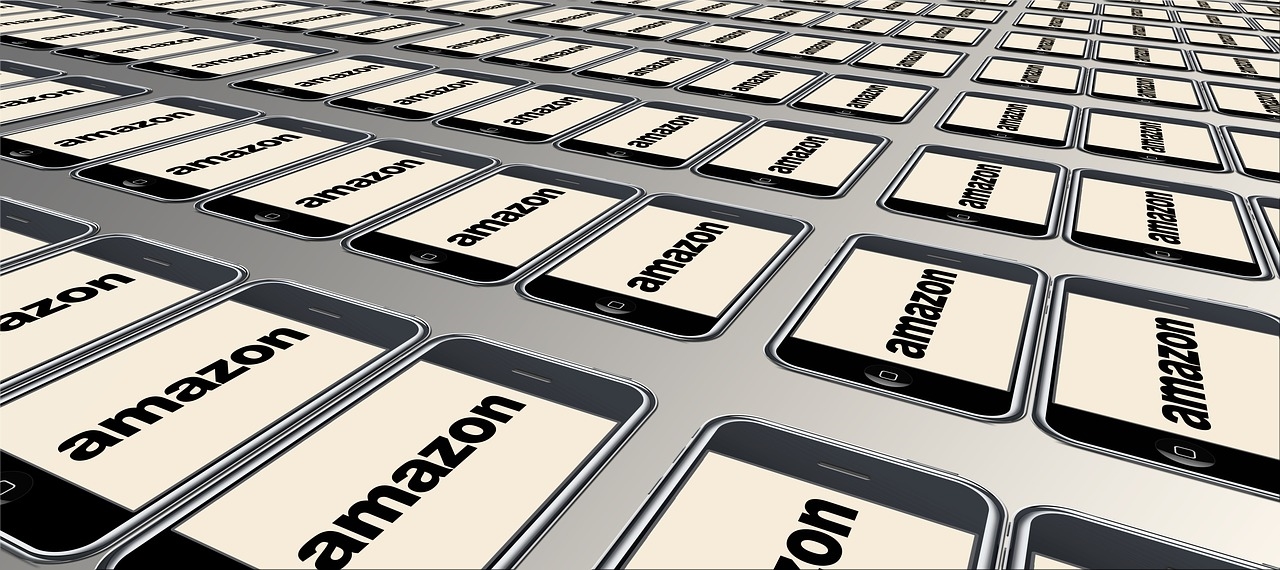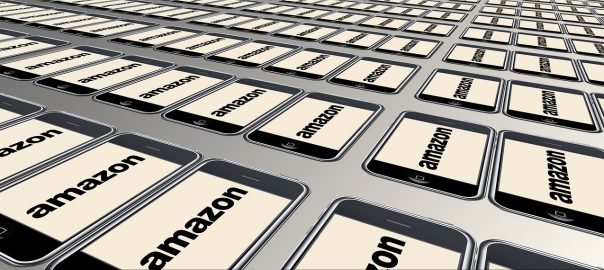— June 19, 2018

geralt / Pixabay
Third-party sales are booming on Amazon. The company’s platform for third-party sellers, Amazon Marketplace, accounted for $ 9.3 billion of the company’s first quarter earnings this year, showing it’s no longer just a platform for part-time side hustlers. Any business that sells packaged consumer goods wants a shopfront on the Amazon superhighway.
While the flood of third-party sellers has resulted in a boon for customers, Amazon has begun to face serious issues with managing the quality of sellers on Marketplace. Amazon might be focused on providing the best value and experience to customers at any cost (famously so), but the new average third-party sellers are much less likely to care; their priority is making as much as they can off of the platform with as little effort as possible. As a result, Marketplace is a breeding ground for product and review quality issues. To give you one example: A co-worker of mine once ordered an iPhone charger on Amazon and was instead shipped a box with a small bag of rocks inside.
Because Marketplace handles such massive volume, it’s becoming increasingly difficult (and expensive) for Amazon to vigilantly regulate the whole platform. Amazon has been facing a serious problem: If Marketplace becomes overrun with low-quality sellers and customers receive faulty products, they’ll lose trust and ultimately take their business elsewhere.
Amazon’s First Play: Crowd Out Problems With Better Products at Competitive Prices
Most marketplaces would simply overcome this problem by enforcing more regulations. Amazon, however, saw an opportunity. Rather than just slap wrists and ban shoddy sellers (which also happened), Amazon decided to take a leap.
The company made plans to expand outside of tech and sell its own products in other categories. Enter AmazonBasics, the company’s generic in-house brand. Not only did Basics help push out low-quality sellers that were dragging the company’s reputation down, but it was also a sure bet for the company’s bottom line. Amazon has the cash, the data, and the platform to launch whatever consumer product it wants and make it a success.
By providing decent-quality, low-cost products to customers, Amazon effectively scared unreliable third-party sellers away. And because the company is famous for pushing prices down in favor of customers at the expense of sellers, distributors, and brands, people trust Amazon. In fact, data from the Harvard Institute of Politics suggests that consumers trust Amazon more than they trust their own government.
While AmazonBasics isn’t known for selling high-quality, premium products, it gets by on the fact that it’s better than low-quality third-party sellers — but it still has a low price tag. For example, Amazon is selling a number of single-ingredient supplements (a popular commodity in the health world) under the Amazon Elements brand. It’s focused on low price points, but it provides information about its ingredients and testing processes for all Amazon Elements products on each product page.
This is a level of transparency that low-quality sellers can’t compete with. If their products don’t measure up to at least the ingredients and effectiveness of the Amazon Elements brand, they’ll end up losing on both price and quality. Instead of creating top-down regulations, Amazon has created a baseline for quality that sellers must adhere to. If they don’t, they’ll find their products lost to the Amazon wilderness forever.
Clearly, Amazon is looking to be a trusted brand for everyday consumer products, and it’s betting that the best way to do that is to make the products in-house.
The question is this: What other markets might Amazon try that approach in?
Amazon’s Second Play: Sell High-Quality Groceries at Competitive Prices
For years, Amazon has been pushing to expand AmazonFresh, its home delivery grocery business. But for a long time, it simply didn’t have the selection of products that an established retail chain has. All that changed when Amazon acquired Whole Foods last year. Now, the company’s strategy of creating a ruthlessly efficient marketplace for high-quality products has finally hit grocery aisles both real and virtual.
In May, Amazon announced a new discount system for Amazon Prime members who shop at Whole Foods, essentially bringing the upscale grocery experience down to a more accessible price point. The second it purchased Whole Foods, Amazon gained access to one of the most varied and expansive product lines in grocery. Whole Foods had the reputation for quality; what it didn’t have was the reputation for reasonable prices. Enter Amazon.
Just like it did with AmazonBasics, the company is now using its in-house efficiency and scale to drive down prices and reshape the market in a way that both pushes out lower-quality competitors and ensures Amazon will come out on top. Some analyses show that Whole Foods delivered via Prime Now is cheaper in some markets than Kroger groceries delivered via Instacart. Shopping with Prime Now was found to save customers anywhere from 2 to 7 percent per basket of $ 35 to $ 50 of groceries.
Whole Foods started a trend and changed the way customers interact with their local grocery store; Amazon just put the right price on it. As a result, Amazon is finally a player in the grocery market.
The Final Hour
Now, Amazon holds all the cards. It knows which products are trending, which ones have the best reviews, and which categories have market openings. The approach Amazon pioneered with AmazonBasics is now happening at Whole Foods. Amazon can dictate the parameters of a marketplace by setting the minimum requirements for both quality and price through its own in-house offerings. Theoretically, the company now has a blueprint to be an elite competitor in any market it chooses.
From the start, AmazonBasics was a sure bet. Now, the company’s challenge is to consolidate the Whole Foods product lines and buying programs to reduce grocery costs while still maintaining the relationships with suppliers. If Amazon pulls it off, there’s no telling where it might turn next.
Business & Finance Articles on Business 2 Community
(60)







